- Home
- About Us
- Products
-
Heat-Pump Dehumidifier DeAir
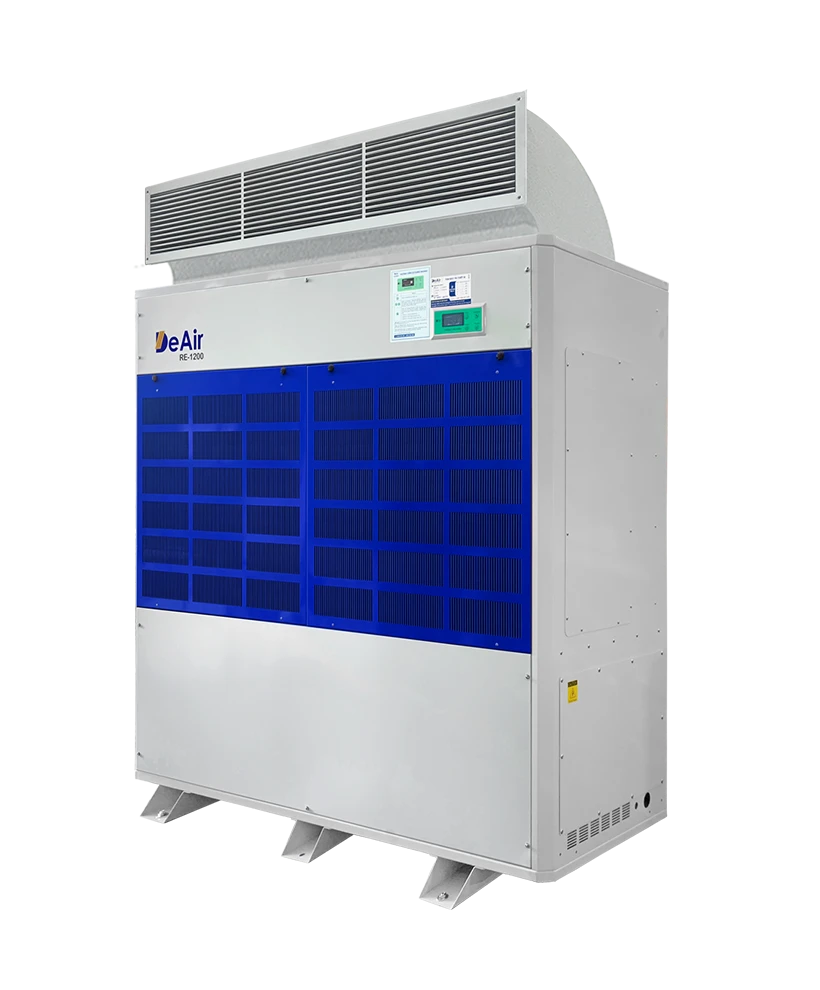 DeAir.RE
DeAir.RE -
Heat-Pump Dryer DeAir.RE-H
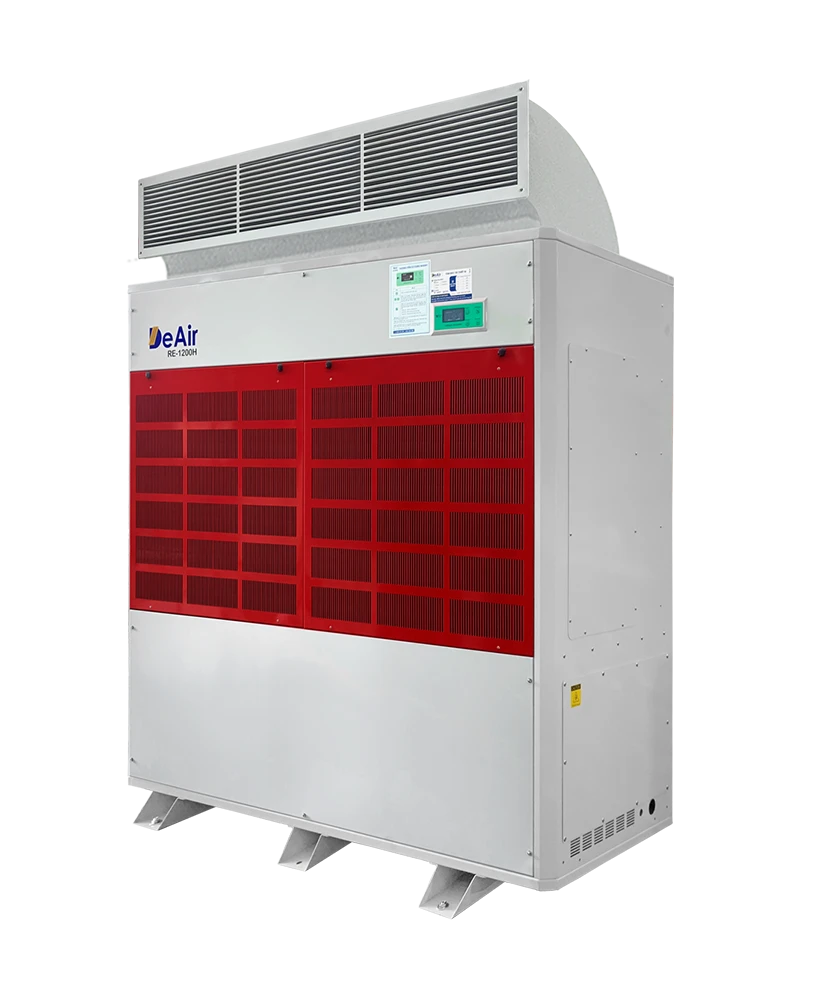 DeAir.RE-H
DeAir.RE-H -
Heat-Pump Stainless Steel Dehumidifier
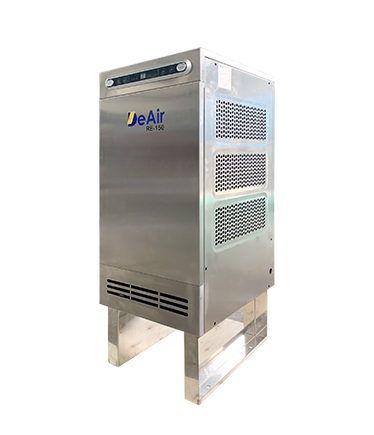 DeAir.RE-INOX
DeAir.RE-INOX -
Heat-Pump Isothermal Dehumidifier DeAir.CRE
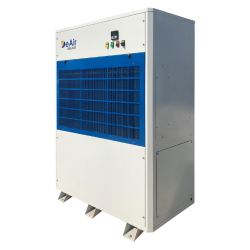 DeAir.CRE
DeAir.CRE -
Dezenno Dehumidifier
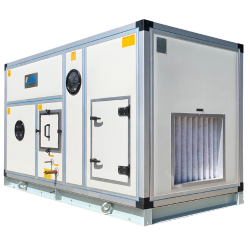 Dezenno
Dezenno -
Heat-Pump Ceiling Mounted Dehumidifier DeAir
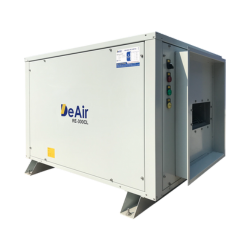 DeAir.RE-CL
DeAir.RE-CL -
Dehumidifier Olmas
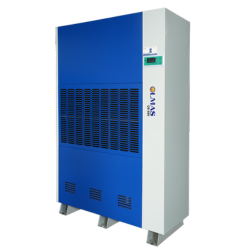 Olmas-OS
Olmas-OS -
Industrial Humidifier DeAir
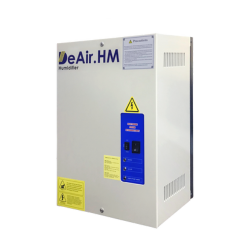 DeAir.HM
DeAir.HM -
Heat-Pump Dryer Daxwell
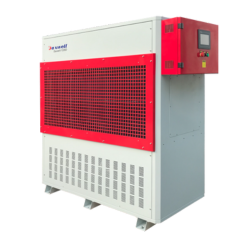 Daxwell
Daxwell -
Electric Duct Heater DeAir
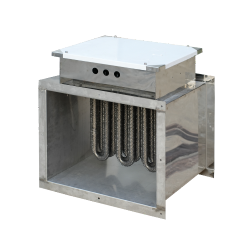 DeAir.Heat
DeAir.Heat -
Air Handling Unit Dezenno.MAX
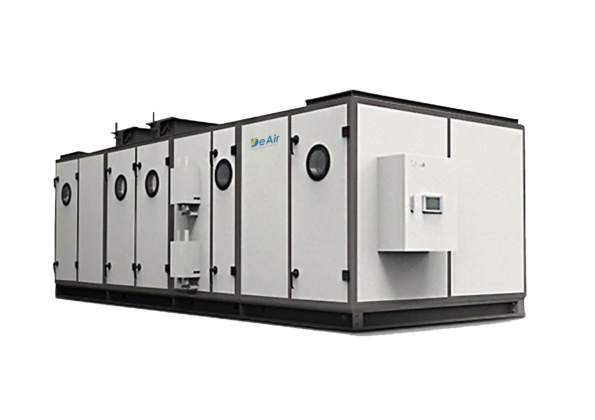 AHU
AHU
-
- Services
- Projects
- Warranty – Maintenance
- News
- Contact
Super Typhoon Approaching Vietnam: A 3-Phase Action Plan to Protect Factories & Business Assets
22/09/2025
Table of Contents
- 1. Urgent Warning: Super Typhoon Ragasa Approaching
- 2. Phase 1: Before the Storm Arrives - Prevention is Better Than Cure
- 3. Phase 2: During the Storm - Safety First
- 4. Phase 3: After the Storm - The Battle Against the "Silent Enemy," Humidity
- 5. The Post-Storm Recovery Action Plan with DeAir
- 6. Frequently Asked Questions (FAQ)
Urgent Warning: Super Typhoon Ragasa Approaching - Businesses Must Act Now!
According to the latest information from the National Center for Hydro-Meteorological Forecasting, updated on the VnExpress newspaper, Super Typhoon Ragasa is expected to enter the East Sea today and may directly impact mainland Vietnam in the coming days. This is not just a weather event but a direct threat to assets, infrastructure, and business continuity. Thorough preparation can mean the difference between minimal damage and catastrophic loss.

Forecasted path and affected area of Super Typhoon Sagasa on Sep 22. Photo: NCHMF
Phase 1: Before the Storm Arrives - "Prevention is Better Than Cure"
This is the golden window for action. DeAir recommends that businesses implement the following checklist immediately:
- Reinforce physical infrastructure: Secure corrugated iron roofs, reinforce windows and roller doors, check and clear drainage systems to prevent localized flooding.
- Move and elevate assets: Prioritize moving important machinery, electronic equipment, and valuable goods (especially perishable items like food, pharmaceuticals, paper packaging, and wood products) to high shelves or safe areas.
- Back up data & protect documents: Back up all critical business data (accounting, customer info, contracts) to the cloud or a remote server. Place original documents and contracts in waterproof bags and store them in a safe place.
- Prepare an emergency plan: Have generators, fuel, flashlights, and a first-aid kit ready. Establish an emergency communication plan for all employees.
Phase 2: During the Storm - Safety First
When the storm is at its peak, the absolute priority is human safety.
- Cut off all non-essential power: To prevent the risk of short circuits and electrical fires.
- Ensure personnel safety: Make sure all employees are in a safe shelter. Absolutely do not go outside or attempt to repair or move assets while the storm is active.
Phase 3: After the Storm Passes - The Battle Against the "Silent Enemy," Humidity
The winds and rain have passed, but the damage is still ongoing. Receding floodwaters leave behind saturated humidity in the air and soaked deep into walls, floors, machinery, and goods. This is a "ticking time bomb" for mold and rust, which can cause even greater damage than the storm itself.
The Dangerous Consequences of Post-Storm Humidity
🔩
Corrosion & Rust on Machinery
Destroys precision mechanical parts, motors, and electronic circuit boards.
🍄
Explosive Mold Growth
Damages building structures and goods, and seriously affects health.
⚡
Risk of Electrical Fires
Residual moisture in electrical cabinets and outlets is extremely dangerous when power is restored.
📦
Total Damage to Goods
Paper, textiles, wood, and agricultural products will quickly be ruined if not thoroughly dried.
The Post-Storm Recovery Action Plan with DeAir
Acting quickly and correctly after the storm will minimize damage.
Step 1: Clean Up & Sanitize
Quickly remove mud, debris, and stagnant water to create a ventilated environment.
Step 2: "Emergency" Drying with Industrial Dehumidifiers

This is the most critical step to prevent widespread damage. Using a high-capacity DeAir.RE industrial dehumidifier can rapidly "suck dry" the humidity from the air, walls, and floors, drying out machinery and goods and stopping the growth of mold and rust in its tracks.
Step 3: The Flexible & Immediate Solution - DeAir Dehumidifier Rental Service
DeAir understands that not every business has a dehumidifier on hand, and making an immediate investment can be difficult. Therefore, our dehumidifier rental service is the most optimal and cost-effective solution for post-storm emergencies. With a simple procedure and on-site delivery and installation, businesses can tackle the crisis immediately at a reasonable cost. Learn more about DeAir's Industrial Dehumidifier Rental Service.
Frequently Asked Questions (FAQ)
1. After the water has receded and surfaces are wiped dry, why is a dehumidifier still necessary?
Wiping only handles surface moisture. Humidity has already soaked deep into walls, concrete floors, wooden pallets, and other porous materials. An industrial dehumidifier can continuously extract this invisible moisture from the air, creating a vapor pressure differential that "pulls" the moisture out from within materials until they are completely dry.
2. What should I consider to maximize the effectiveness of a rental dehumidifier?
For maximum effectiveness, you need to: (1) Calculate the correct machine capacity for the area and humidity level of your facility. (2) Seal the space (close doors and windows) while the machine is operating to prevent outside humid air from entering. (3) Use industrial fans to increase air circulation, helping the dehumidifier work more efficiently. The DeAir team will provide detailed advice on these matters.
CONTACT US FOR A CONSULTATION AND QUOTE
DeAir's team of experts is ready to conduct a site survey and provide the most optimal and cost-effective humidity control solution for your needs.
DEAIR JOINT STOCK COMPANY
Email: operation@deair.com.vn
Hotline: 0925 977 579 (Ms. Tam) | 0914 205 850 (Ms. Hoa)
Website: deair.com.vn
Sign up for news from DeAir
Related news






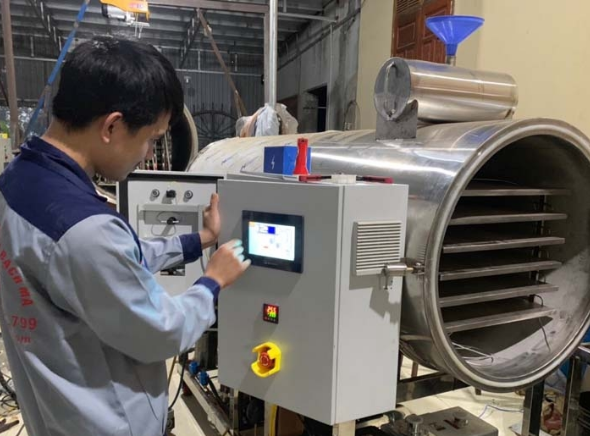


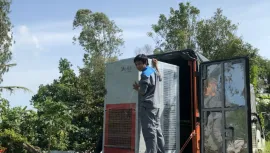
![[Case Study] DeAir Installs DeAir.De Rotor Humidity Control System for Pharmaceutical Plant in Binh Duong [Case Study] DeAir Installs DeAir.De Rotor Humidity Control System for Pharmaceutical Plant in Binh Duong](https://deair.com.vn/thumbs/news/2023_04/ban_giao_may_cho_duoc_bd/[270x153-cr]image1-1024x772.jpg__cv.webp)

![[Review & Guide] Olmas OS-300: The New Humidity Control "Warrior" for Medium to Large Warehouses [Review & Guide] Olmas OS-300: The New Humidity Control "Warrior" for Medium to Large Warehouses](https://deair.com.vn/thumbs/news/huong_dan_su_dung_may_olmas_21/[270x153-cr]vtm06440.png)